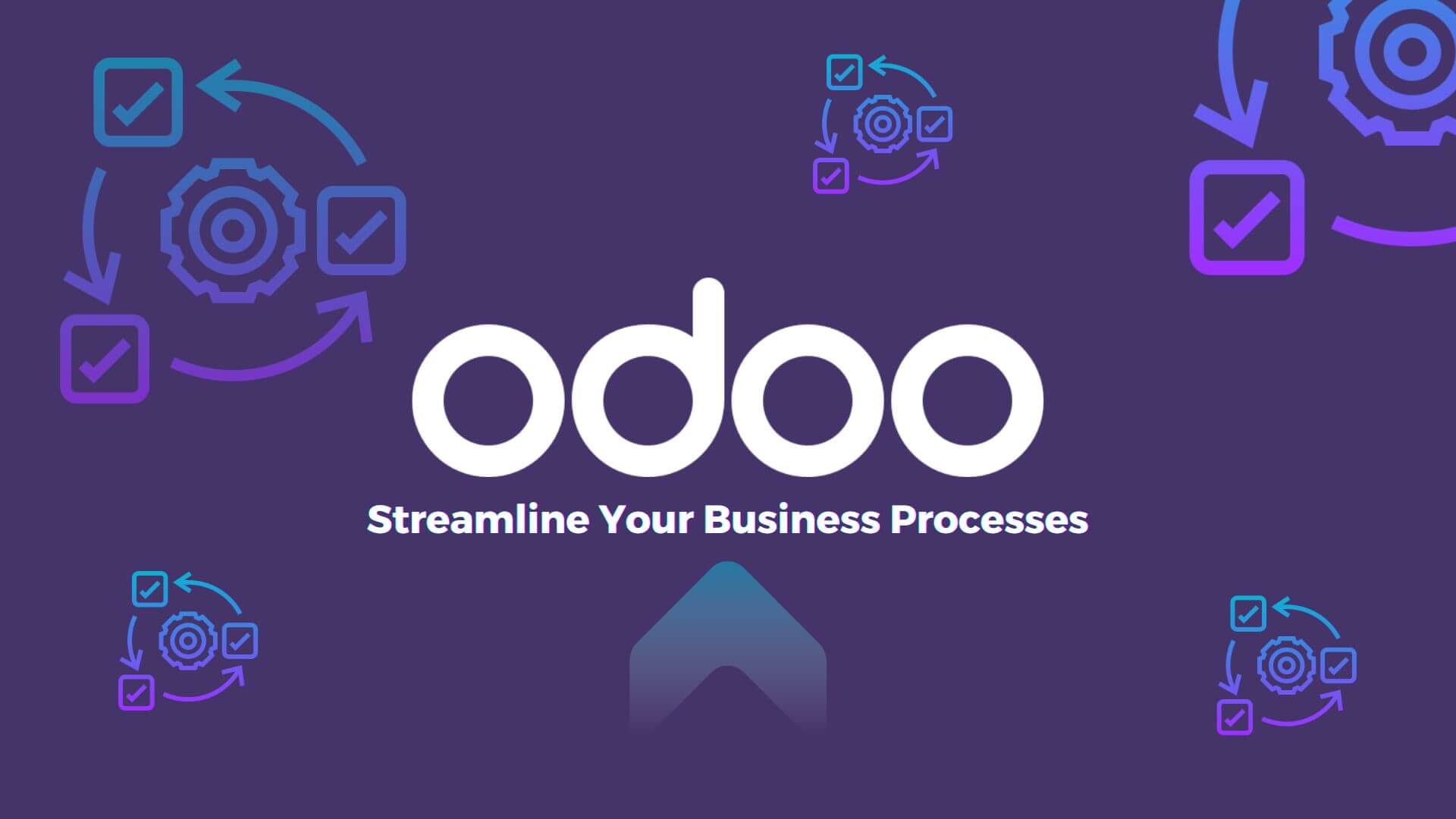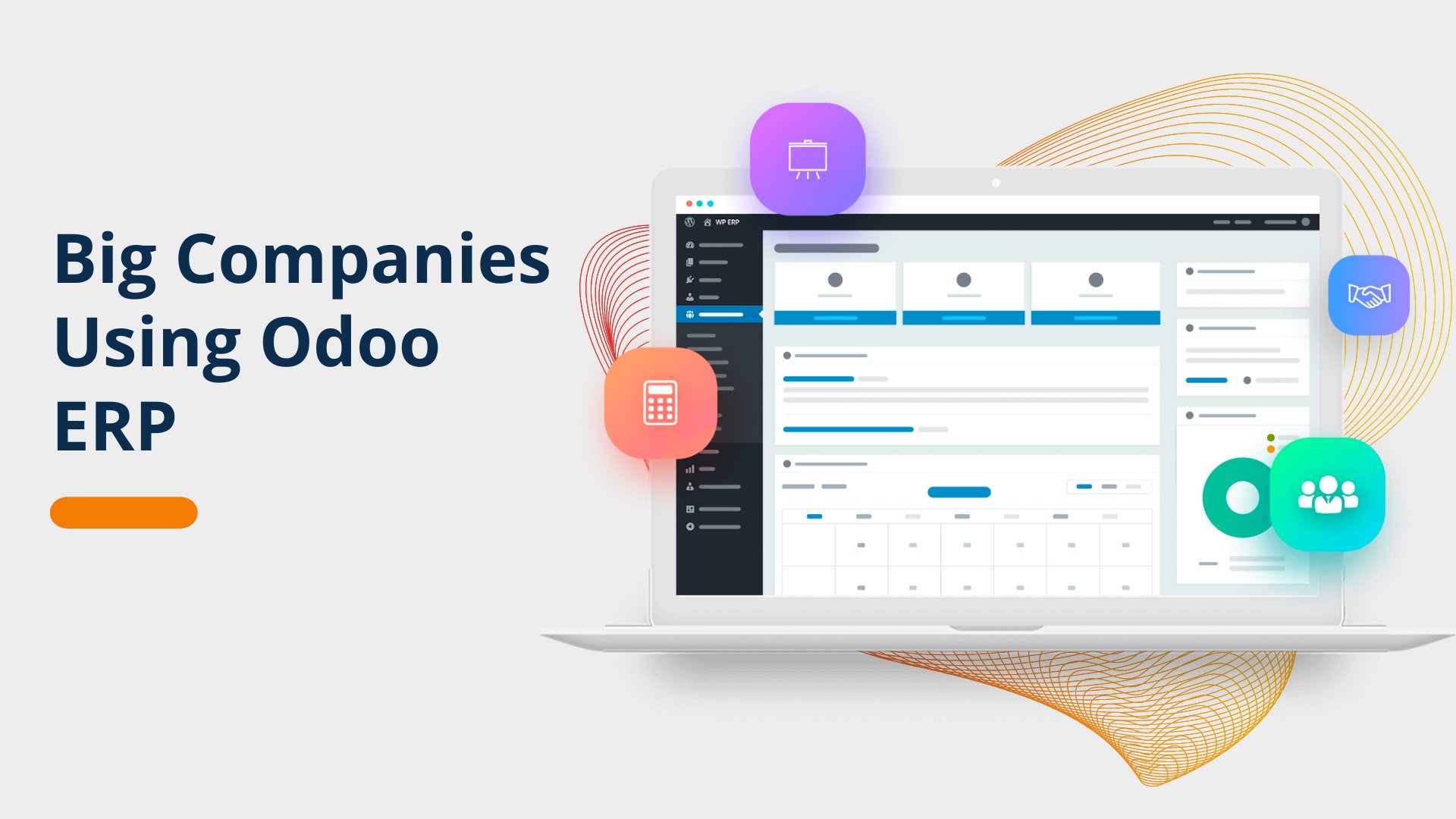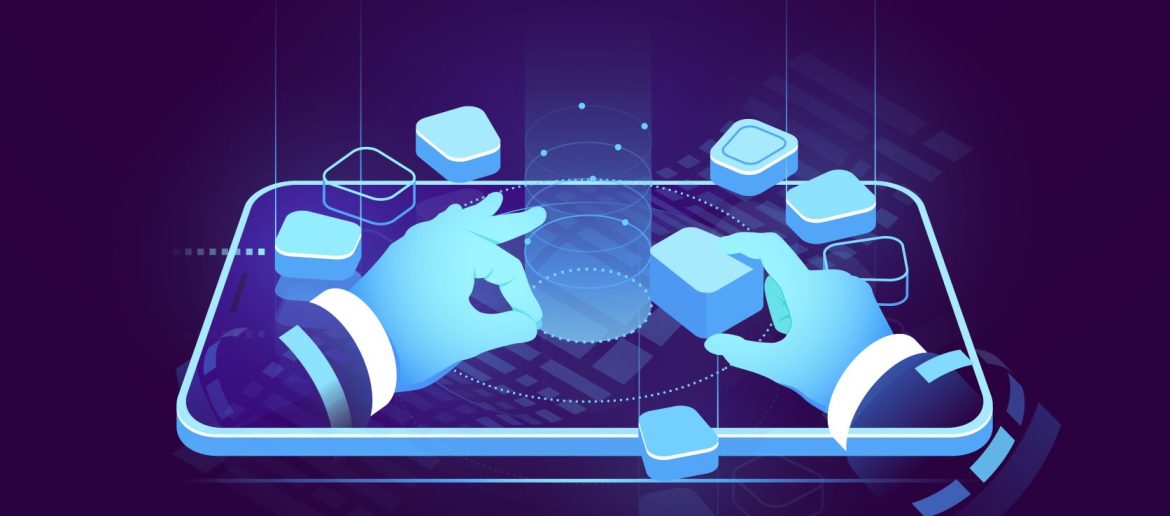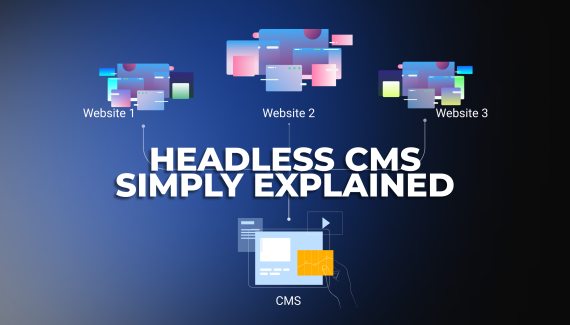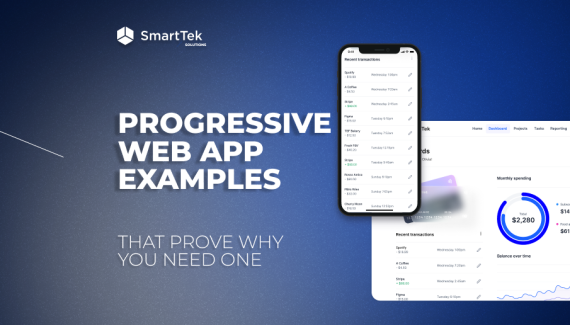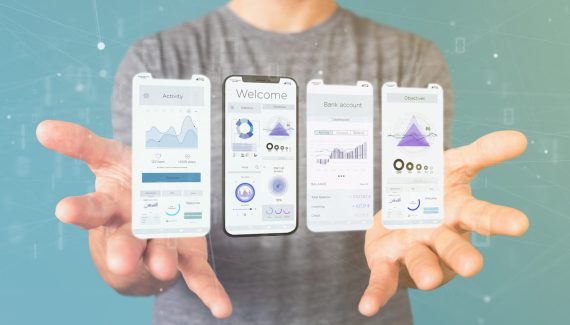Curious what is the process of mobile app development from scratch? You have come to the right place. We at SmartTek have vast experience in creating different kinds of applications and are willing to share our expertise. Even though every application is unique and involves specific features, the very creation process basically remains the same. Follow this article to find out the app development process steps.
We divide the mobile app development process into five stages:
- Discovery & Strategy
- UI/UX Design
- App Development
- Testing
- Deployment & Support
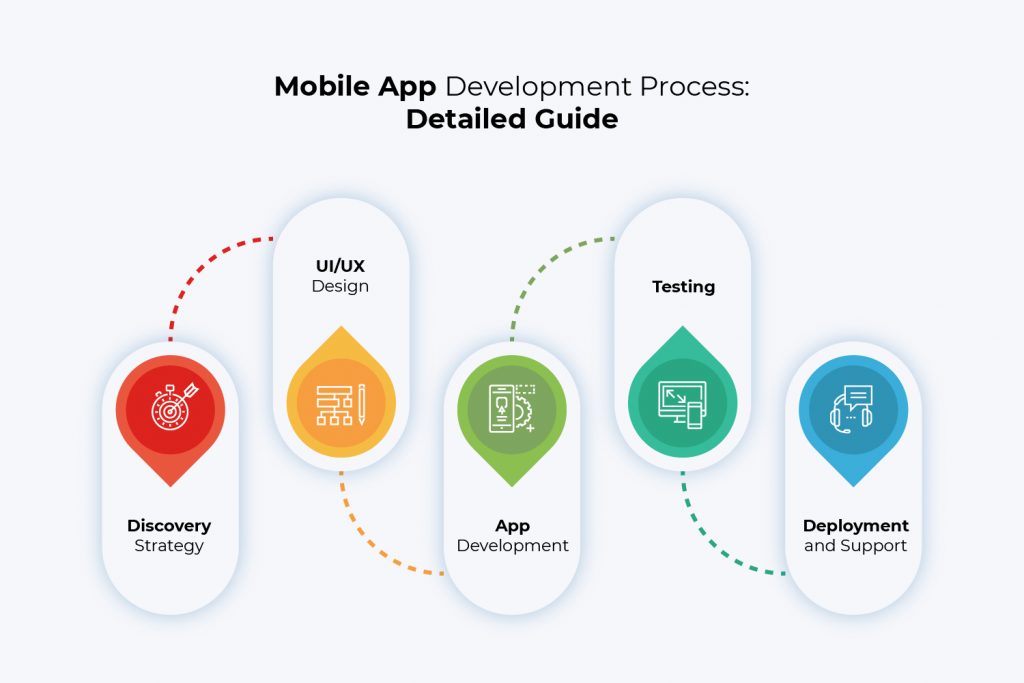
Phase 1: Discovery & Strategy
Have a brilliant idea that solves a specific problem? Well, that’s half the battle. However, before getting started with such an expensive and time-consuming process as app creation, you must first explore your app idea. Beforehand, ask yourself the following questions:
- What is the foremost goal of the app?
- What problems will it solve?
- What differentiates your app from the other?
- Who is the target audience?
A clear product strategy is necessary to ensure success in the market. With all the different products available in today’s marketplace, creating a strategy that will work well for your app can be difficult. The entire strategic process includes objectives definition, market and user research, competitive analysis, positioning, MVP concept.
Once the above points are defined, it’s time to conduct market research and build your app strategy. Learn about the current market trends and the problem your audience faces, and research the benefits your product brings to you and your customers. Then, check whether the strategy of the app corresponds to your audience’s needs. In a nutshell, study the competitive environment, and find your place under the sun.
Want to hire a mobile development team?
We create mobile applications and websites leveraging the most robust technologies to help you boost your business.
Contact usOpportunity Analysis
Opportunity analysis is the process of market researching where you identify competitors, audience, and potential risks. Conducting a market opportunity analysis will also help prioritize new business ideas assumed from their potential profitability.
Competitive Analysis
Competitive analysis means identifying major competitors, researching their products and marketing strategies, and keeping on top of industry trends. Having a clear understanding of what competitors are doing right, where they fail, and what’s missing in their products helps you identify areas of opportunities. As a result, conducting a proper competitive analysis lets you formulate your value proposition, which creates a solid business strategy.
Industry Analysis
Industry analysis is conducted to identify the factors that are influencing the sector and the opportunities and threats you might face. An effective strategy is dependent on understanding the forces in the overall industry.
App’s Goals and Objectives
Without clearly established aims and objectives, making the app user-friendly and goal-oriented might be a tricky task. Hence, everyone involved in the project must be aware of the purpose they aspire to solve using the mobile app. This allows the client and the development team to decide their mobile application’s primary focus.
There are three main objectives for a mobile app: User Growth, Engagement, and Brand Awareness. There are three parts of the definition process for each objective: target audience, purpose or goal (why), and performance indicators (how).
Mobile Platform for Your App
Today, there are only two major mobile operating systems: iOS from Apple and Android from Google, representing 99% of the mobile operating system market share. Both of the mobile platforms use different development technology stacks. Depending on the app’s goals, the mobile development team should include iOS or Android developers or both.
MVP
Define your minimum viable product (MVP) – a minimal form of your product that is tested on the market. It helps validate your idea for a mobile product and guides which app features you should include to succeed. Creating the MVP allows the team to learn how target users react and experience the product’s basic functionality.
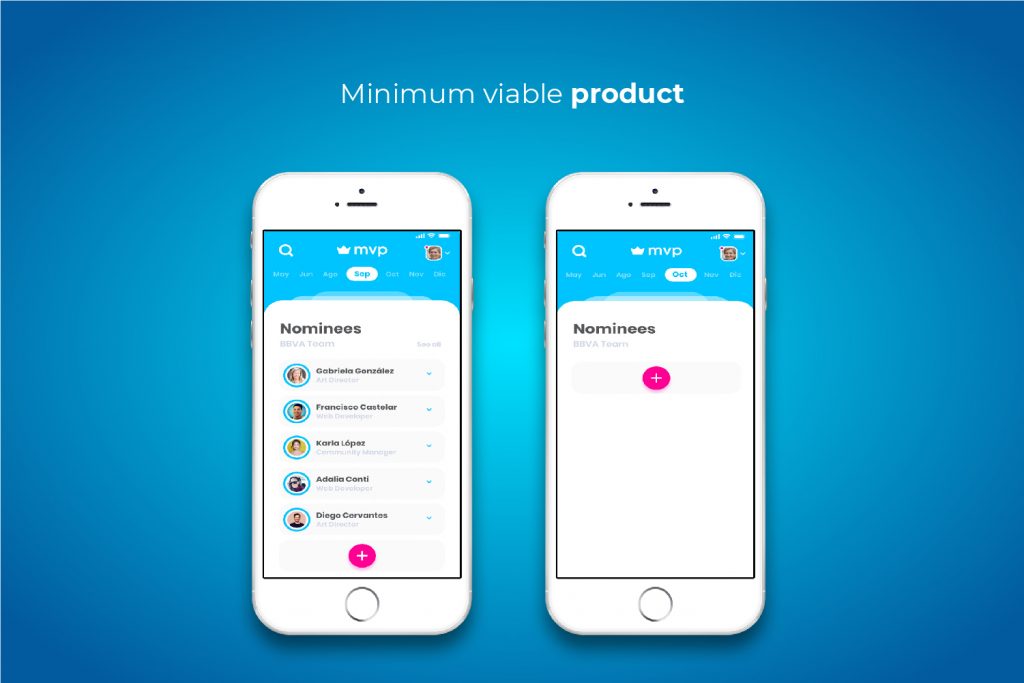
Monetization Model
Generating revenue from the app is why we all are gathered here, right? Based on business objectives, a monetization strategy needs to be laid out before launch. Considering the service/purpose of the app, its competitors, and target users, the app team must pick the strategy for accomplishing business goals. Continue reading to dig into app monetization models.
- Advertising Based model generates revenue by selling ad space and displaying ads within the app. In-app advertising offers advanced targeting options to advertisers, which means they are willing to pay to reach the most desirable audiences. In-app advertisement formats include interstitial ads, banner ads, native ads, rich media advertisements, and panel ads.
- Pay-Per-Download monetization model is the oldest and most straightforward app monetization strategy. Before downloading, app users are required to pay a one-time fee and, upon download, have access to its full functionality.
- In-App Purchases model allows users to purchase items within an app, whether physical or virtual.
- Freemium model offers a free download but includes additional premium features that users have to pay to access. This model is centered around an app’s ability to attract free users and entice them enough to have them pay to enhance their experience.
- Subscriptions focus on gating access to content rather than features. Users download the app for free and can access a limited amount of content before they are prompted to pay for a subscription, functioning as a free trial.
Phase 2. UI/UX Design
In product development, the design stands for User Experience (UX) design which encompasses the entire experience users have with the product from start to finish. UX is followed by User Interface (UI) design that focuses on the presentation and interactivity of a product. Both are critical to creating an app that is intuitive and attractive. Despite being very integral to each other, the roles themselves are quite different, involving distinct processes.
Information Architecture
The mobile app design process begins with determining the data the app has to show to the users, the data it has to collect, how the user interacts with the app, and the user journey. Information architecture is used to visualize the product’s infrastructure, features, hierarchy, and navigation. Appropriate information architecture aims to generalize structure so that users would understand how the product works without significant effort and minimize the problems that might occur. Information architecture guarantees a high-quality product since it minimizes issues that might arise in usability and navigation.
Wireframing of App Design
The typical design process begins with sketches on paper. Wireframes are the digital equivalent to sketches used to visualize the structure of an application’s functions. It is a quick and effective solution to design layouts. When creating wireframes, designers skip style or graphics and focus on functionality so that it helps make sure a user’s experience in navigating through the app is intuitive and clear.
Style Guides
Style guides define the visual standards of the application’s design. Style guides contain the necessary information related to the product’s UI, ensuring consistency of the product’s design. It helps define typography, colors, layout and answer how the company brand is reflected in the app design. Style guides are established in the early stages of mobile app development. Following the definite style will keep the app’s look and feel stable.
Mockups
Mockups are the final version of your app’s UI design as they reflect the choices for color schemes, layouts, typography, iconography, and the overall visuals of the product. Mockups are produced by applying your style guide to the app wireframes. After the app’s design is finalized, proceed to further modifications to its information architecture, workflow, and aesthetics.
Prototype
The prototype is a sample version of a final product. The wireframe screens are linked together without actual functionality to test the app’s navigation. Prototypes are used to test products or ideas and share them with stakeholders before putting lots of money and resources into the final product.
Prototyping is crucial for resolving usability issues before finalizing the product. It is a valuable tool for UX designers to know where improvement is needed. Once real users can test a draft version of the product, you get to see how they want to use it and adjust the final product according to their expectations.
Phase 3. App Development
Having completed the design stage, now it’s time to actually build the app.
Sprint Planning
Companies that follow an agile methodology for project development begin the development process with sprint planning. Sprint planning aims to define what can be delivered during the sprint and how that work will be achieved. Usually, the sprint lasts for 1-4 weeks, depending on the scope of work. Sprint planning is conducted by the project manager in collaboration with the whole scrum team.
Every scrum team includes:
- Product Owner/Project Manager is the commander of the mobile app development process. They are responsible for planning, organizing and are accountable for each stage of the development process and the final product.
- Scrum Team are the ones who work on the project—designers, developers, testers, and so forth.
- Scrum Master leads a team through a project using agile project management techniques.
At the end of each sprint, drafts and visual prototypes must be delivered. The project manager plans a single sprint, and the upcoming sprints depend on the results of the previous one.
Back-End Development
Backend development, also known as server-side development, is everything that happens behind the scenes of the user interactions with the app. It is the center of an app that stores, access, process, and secure the data. Backend is focused mainly on databases, backend logic, APIs, and Servers.
A backend is a code that connects the web to a database, manages user connections, and powers the web application itself. Backend development works in collaboration with the front end to deliver the final product to the end-user.
A backend development mainly works with three aspects of an app: database, scripting, and architecture. The popular backend technologies are Ruby, PHP, ASP.Net, Node js, JavaScript, JAVA, Python, Kotlin, and they are chosen based on project requirements.
API Development
API is an acronym for Application Programming Interface. It enables two applications to access each other; they work as a bridge between the two different digital environments. An API is a set of programming codes that enables data transmission between one software product and another for a deeper understanding. APIs are a simplified way to connect your infrastructure through cloud-native app development. They let you share your data with customers and other external users as well.
Front-End Development
The front end of an application is client-side development managed through local databases, some APIs, or the backend. To put it simply, it focuses on what the users see. The UI/UX of an app design is converted to the codes in order to showcase the visuals properly on the screen.Aside from analyzing code, design, and debugging applications, front-end developers must ensure that the website or web application is usable across different devices.
Want to hire a software development team?
Let’s talk about your requirements and compose the perfect-sized team for your needs.
Contact usPhase 4: Testing
Application testing is a necessary procedure, and if applied before its final deployment, it can save your budget. The mobile app development process involves testing to find the bugs and let app developers know if the app meets the expectations or not. The quality assurance (QA) team needs to test a mobile application for usability, compatibility, security, UI checks, and performance. The stages are the following:
- User Experience testing (or Usability testing) is an observational methodology used to identify problems and opportunities in design. UX testing aims to collect qualitative and quantitative data and determine the users’ satisfaction with the product.
- During Functional Testing, the app is tested for all the functional requirements. It is aimed to validate the software system according to the applicable specifications from the client’s side.
- Performance Testing evaluates the speed, response time, stability, reliability, and resource usage of a software application under a particular workload.
- Security Testing uncovers vulnerabilities, threats, and security risks in a software application. Its purpose is to identify all possible weaknesses of the software system, resulting in a loss of information, revenue, and reputation so that the threats can be that the system does not stop functioning or can not be exploited.
Post-Development Phase: Deployment & Support
Once the development process is finished, don’t hurry to release it to the world. You might want to test it with real users to make sure your app is performing well on various devices and under different network conditions. It is also a great possibility to catch some possible problems that could have been missed during previous development stages. Fixing those bugs before launch (if needed) will reassure that the product will be presented at its best from the start.
However, the released mobile application is only to some extent a finished product since it requires ongoing testing, maintenance, and support. Application maintenance helps to stay in the game and ensure the functionality of your mobile solution on any device.
After making sure the application is ready, you will need a developer account with either the Apple App Store or Google Play, or both for your app developer to move the app’s backend into a production environment. An app’s release in the app store requires preparing metadata, including app’s title, description, category, launch icon, and app store screenshots.
The information about the app provided in the app stores is an essential success factor, no matter what marketing activities are planned. It is also vital to monitor the performance metrics as every app requires updates and fixes.
In conclusion
That brings our guide to the mobile app development process to its end. Hopefully it has provided a clear understanding of each of the development stages.
If you have a mobile app development project close at hand, we will be delighted to hear from you. Just drop us a line.
